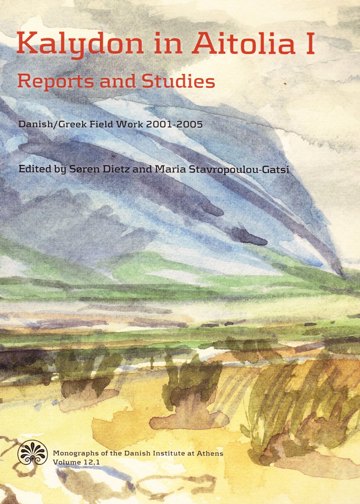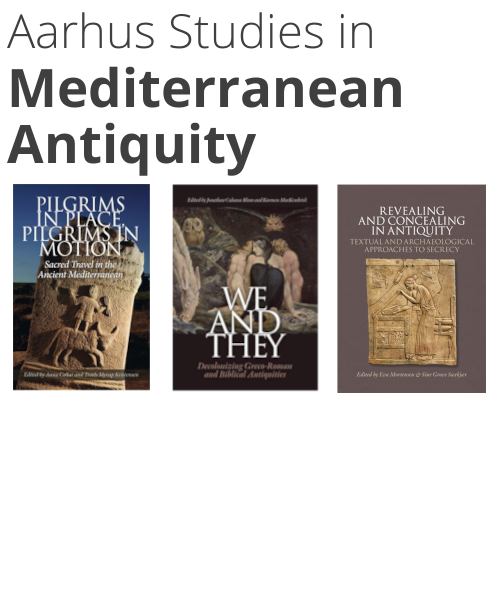
Kalydon in Aitolia I+II
Danish/Greek Field Work 2001-2005
A part of the series Monographs of the Danish Institute at Athens (12) , and the subject area Archaeology
Out of stock
Edited by
Søren Dietz and
Maria Stavropoulou-Gatsi
More about the book
About the book
In 2001 the Danish Institute at Athens commenced a large scale
archaeological field project in ancient Kalydon in Aitolia. Kalydon is located
around eight kilometres as the crow flies from Chalkis, on the west side of
Mount Varassova in the direction of the present-day capital of Aitolia,
Messolonghi. Kalydon plays a considerable role in ancient mythology as
described in Homer's Iliad. For that reason, the important Sanctuary of Artemis
Laphria outside the city walls and a so-called Heroon/palaestra, were excavated
by a team of Danish and Greek archaeologists during the years 1926 to 1935. The
new investigations are thus a continuation of an earlier Danish/Greek
cooperation, this time with focus on the town itself.
Various methods were used in order to examine the town itself. A surveyor initiated the topographical measurements of the city, the fortification walls and the visible remains of terrace walls and buildings. The town inside the walls was surveyed by a team, which collected and counted the objects from the surface - pottery, tiles, metals, loom weights etc. Finally, excavations concentrated on a peristyle building which was partly excavated, and a tile kiln situated in the so-called Lower Town. Larger sections of the remains on the Acropolis were excavated and a small-scale survey of the Central Town gave indications of the use of the habitation quarters.
The town within the walls comprised an area of approximately 35 ha (350,000
m2). The investigations gave a good picture of the town in antiquity and of the function of the various quarters. The most important building in the Lower Town was probably the peristyle building with its colonnade and courtyard where athletic games took place. In a room in one of the corners of the building, a cult of the Anatolian goddess Cybele was established. Findings of marble sculpture, incense burners, clay figurines and lamps indicate the function of the room. The objects were found almost as they were left when the roof collapsed around the middle of the 1st century AD. On the Acropolis a shrine was already established by late Archaic times, in the late 6th century BC.
For purchases outside of Denmark:
If you are located in the USA or Canada, please contact our US distributor, Longleaf Services, at orders@longleafservices.org or +1 919-503-6590.
For purchases in all other countries, you can find the title through our global distributor, The Mare Nostrum Group, here: https://mngbookshop.co.uk




